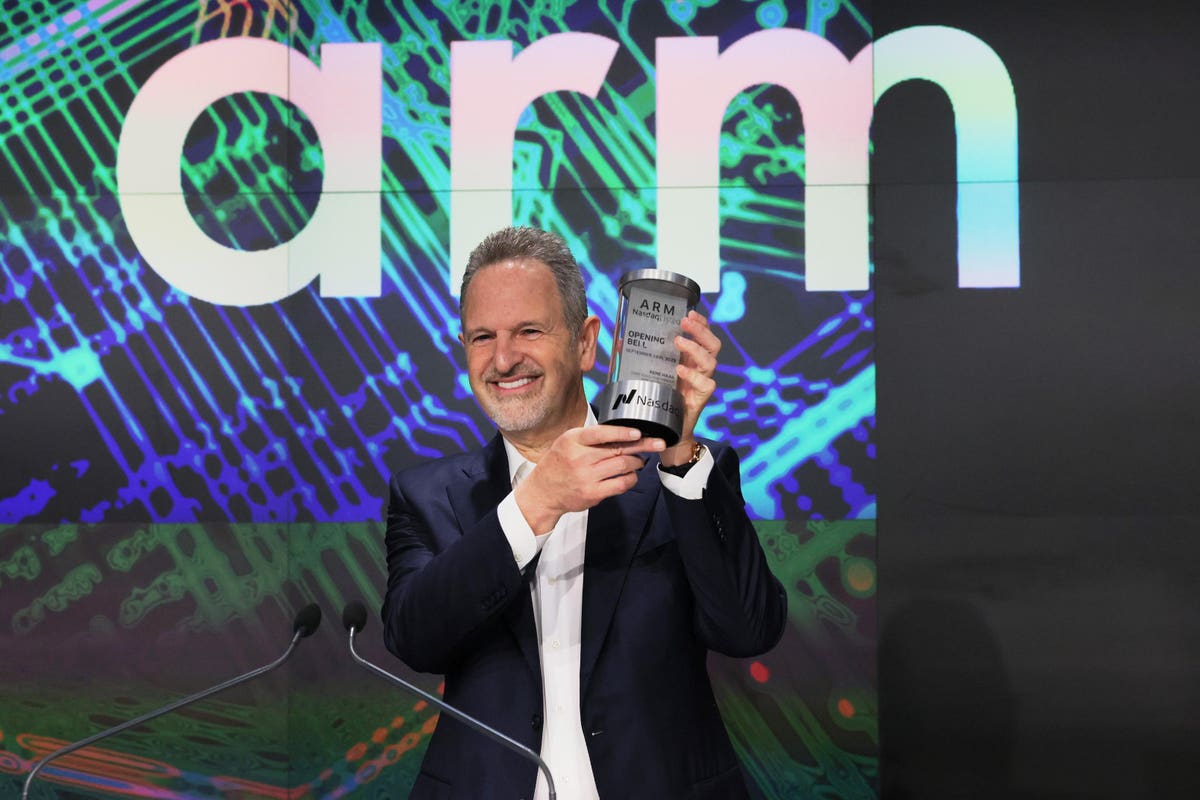Nvidia stock (NASDAQ: NVDA) has done exceedingly well this year rising by almost 3x since early January. There’s a lot going on for Nvidia. Technology companies and developers have been rushing to deploy generative artificial intelligence into their applications following the success of OpenAI’s ChatGPT chatbot and this is driving a windfall of sorts for Nvidia, whose high-end graphics processing chips, such as the A100 and H100, remain the go-to products for AI workloads. Over the most recently reported quarter, Nvidia’s revenue roughly doubled year-over-year to $13.51 billion, beating guidance of $11 billion. Nvidia is also turning incredibly profitable due to the AI surge. Net income rose over 5x compared to last year to $6.7 billion, as gross margins jumped to 71.2% from 45.9% in the year-ago quarter. The momentum is expected to hold up. For Q3, Nvidia has guided that revenues could grow by 170% year-over-year. Nvidia is also in a relatively favorable position with respect to supply. The company has substantially larger commitments from its suppliers to meet demand and has indicated that it expects supply to increase each quarter through next year.
NVDA stock had a Sharpe Ratio of 1.1 since early 2017, which is higher than 0.6 for the S&P 500 Index over the same period. Compare this with the Sharpe of 1.2 for the Trefis Reinforced Value portfolio. Sharpe is a measure of return per unit of risk, and high-performance portfolios can provide the best of both worlds.
That being said, at the current market price of about $420 per share, there are potential risks that investors should be aware of. While Nvidia remains in pole position on the market for AI chips, traditional chipmakers such as Intel
INTC
GOOG
With AI viewed as a transformational technology, governments are looking to regulate the sector. The Biden administration has placed export restrictions on the export of advanced chips such as the A100 and H100 GPUs to China. While Nvidia has tweaked the design, offering A800 and H800 AI chips that play within the rules to the Chinese market, this does underscore the risks for the company given that data center sales to China account for between 20% to 25% of the company’s overall data center sales. The U.S. government also recently expanded the ban on high-end AI chips to include some countries in the Middle East. While Nvidia doesn’t see a material impact from these bans, geopolitical risks could remain a factor for the company.
Nvidia’s valuation is also relatively lofty. The stock trades at about 40x FY’24 earnings and about 18x revenue. This compares to the broader semiconductor industry average price-to-sales multiple of about 4.5x. Tesla
TSLA
Invest with Trefis Market Beating Portfolios
See all Trefis Price Estimates
Read the full article here













Leave a Reply